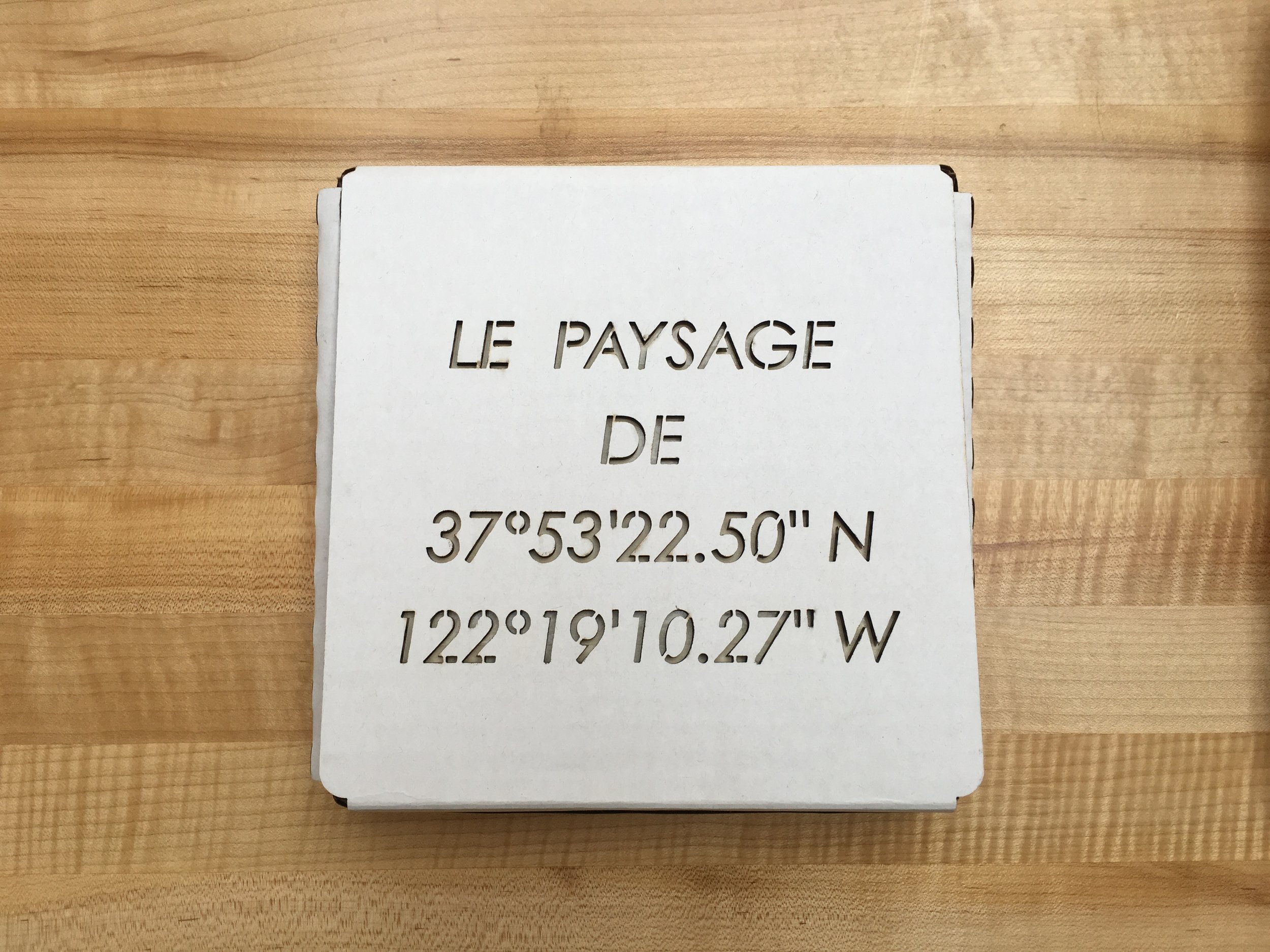Terra Waste
Fangying Zhu, MAAD-HTX, 2017
Wastelands are places abandoned and neglected by urban sprawl and industrial development, which are today often targeted for redemption by being transformed into parks. The Albany Bulb is one of these places, a place where the experiences of a park and a wasteland are at odds with each other, giving rise to what most people would consider an unpleasant and desolate landscape.
The constant transformation of the urban environment calls for novel methods to observe and perceive the landscape and understand its complexity. The concept of wasteland emerges out of a dialogue between architecture and history, the natural and the human-made, landscape and aesthetics, wilderness and picturesque. Understanding these interactions leads us to no longer regard wasteland simply as an unpleasant or disgusting landscape. Rather, we need to consider wasteland as a future place that we can be fully immersed in and enjoy.
The final project is an intimate exploration of the Albany Bulb and its history, the aesthetics of wasteland, and the roles that nature and human have both played in shaping and reshaping the aura of the site. The investigation takes the form of four booklets containing maps, photography, written and visual texts, and a collection of artifacts, objects and plants found at the Albany Bulb. Each booklet presents a narrative of the Albany Bulb from a different aspect. And each one can be either viewed individually or related to the other booklets, and it is up to the audience to choose the sequence of reading and looking. Being able to perceive the aura of the Bulb requires an open mind. The open-ended presentation of the booklets and artifacts allows viewers to discover the site's stories without a predetermined sequence.





